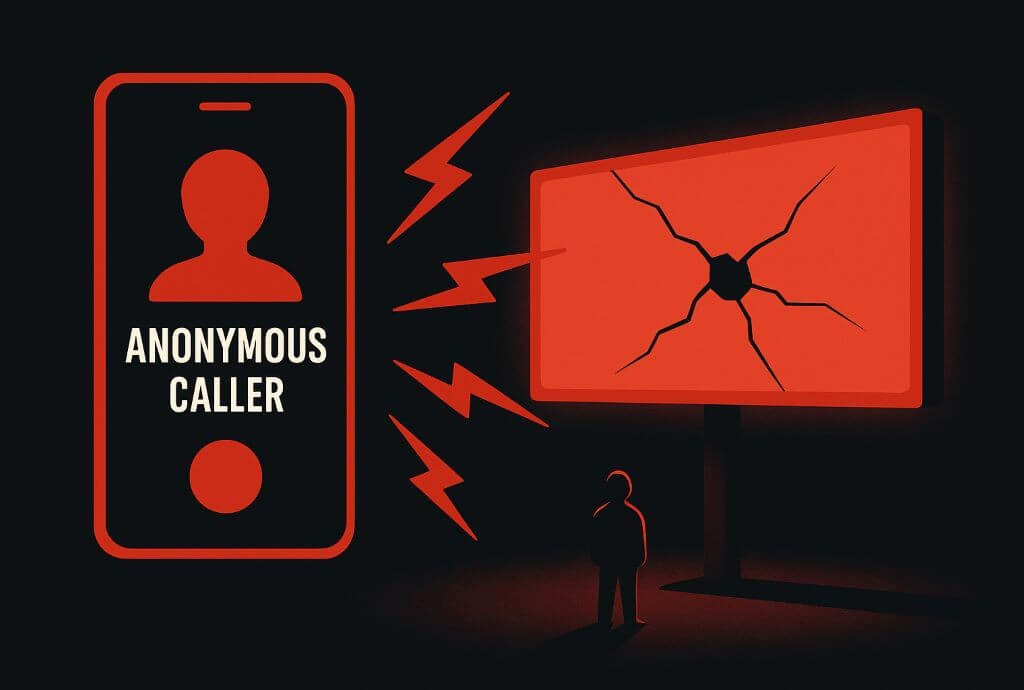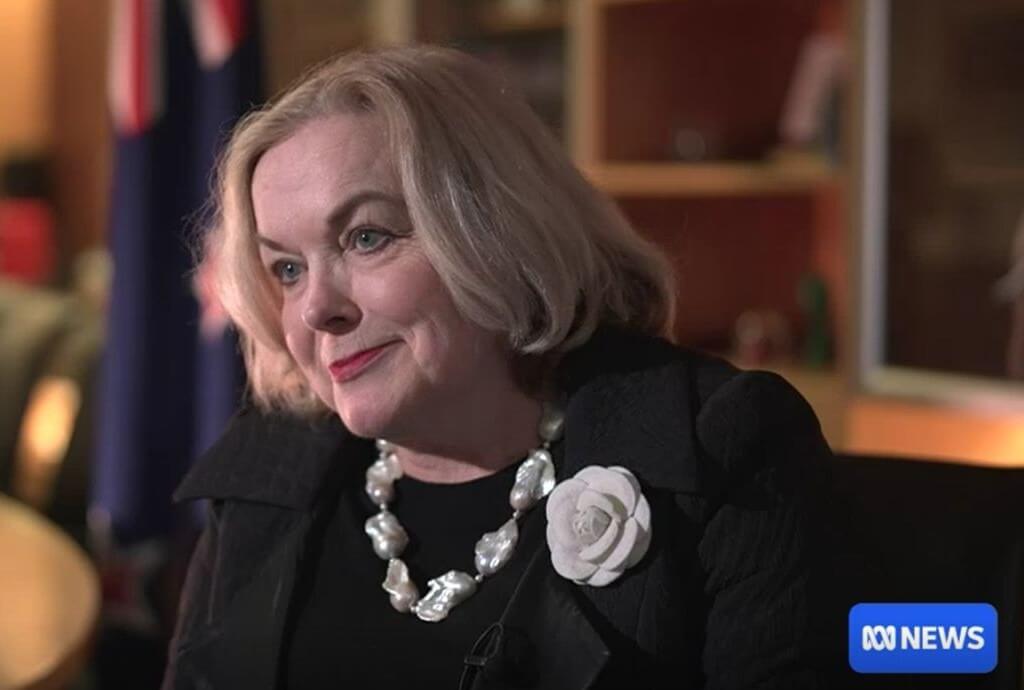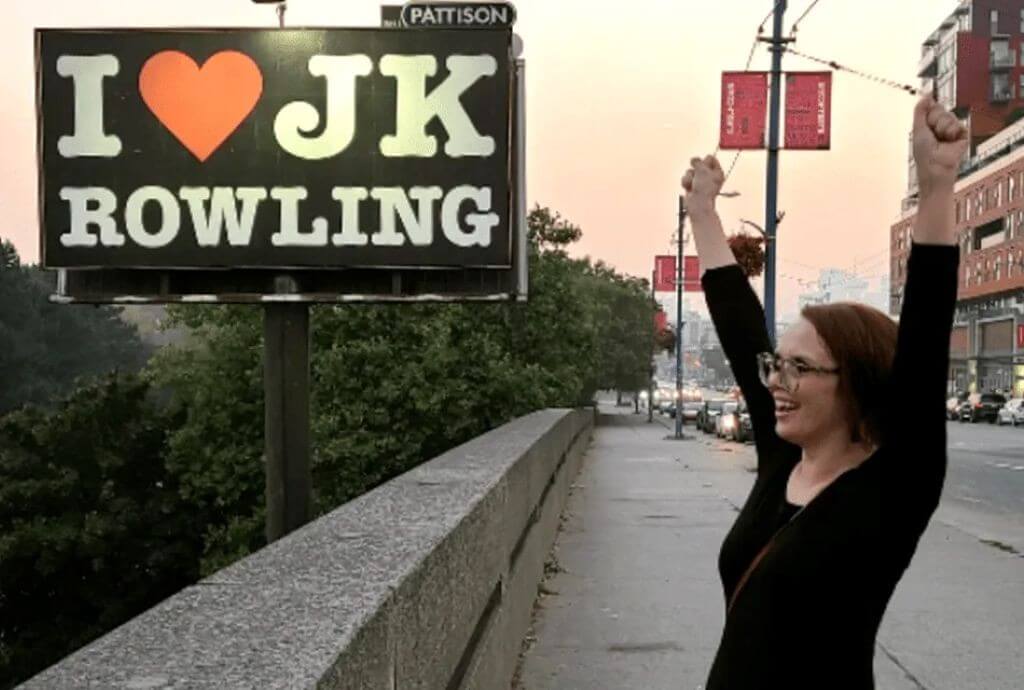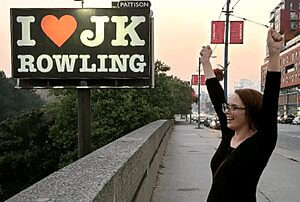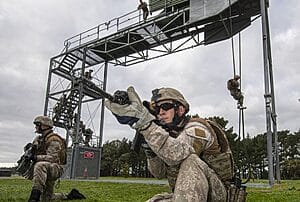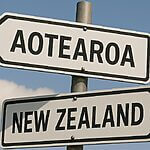In brief
- New Zealand’s Pandemic Plan has been subject to speculation online.
- The Health Act 1956 is a cornerstone of the plan, allowing medical officers to require medical examinations and testing.
- Officers (with Police help) can quarantine individuals, limit their activities, and direct preventive actions.
- However, compulsory treatment is prohibited.
- These powers are long-standing and not new, but may face a more sceptical public
Clarifying misinformation about New Zealand’s Pandemic Plan
News of New Zealand’s latest Pandemic Plan has made the rounds on social media. Tauranga based Lawyer and writer Kirsten Murfitt provides a breakdown of the legal framework and clears up some misinformation.
Existing legal framework
According to Murfitt, the plan’s powers are not new. The existing legal framework includes the Health Act 1956, particularly Parts 3 and 3A, which cover infectious and notifiable diseases and the powers of medical officers of health. Murfitt adds that the powers of the police to assist medical officers were added to this Act in 2006. Also, included are the Civil Defence Emergency Management Act 2002, and the Epidemic Preparedness Act 2006.
Special powers of medical officers
Medical officers have several powers to manage public health risks.
They can require individuals to report for medical examinations and testing if there is a significant public health risk. They may also isolate or quarantine individuals until they are medically examined and found free from infectious disease.
Additionally, individuals can be restricted from certain activities, places, and associations to minimise the public health risk.
Officers may direct individuals to take specific actions to prevent the spread of disease, and individuals might need to accept supervision and provide relevant information to ensure compliance.
For non-notifiable diseases (diseases that don’t require reporting to authorities such as the common cold), any direction given by medical officers requires prior approval from the Director-General.
Police assistance
Section 71A of the Health Act allows police to assist medical officers in enforcing these measures, including using reasonable force if necessary.
Page 133 of the Pandemic Plan notes these police powers were first used during the COVID pandemic where it states:
“In general terms, they performed well. However, there were some mis-steps in their application, they lack procedural and human rights safeguards and court judgements have found that while they can be used as a stop-gap measure in emergency situations, they are not suitable for sustained, complex responses.”
No strictly compulsory treatment, but…
A major public concern is the idea of compulsory treatment for infectious diseases. Currently, New Zealand’s legislation prohibits compulsory treatment (ie. no restraining to force vaccinate).
However, while requiring a vaccination to keep your job may not be quite akin to a forceful injection, it is still coercion. The distinction between actual physical force and coercion with respect to retaining your job, or freedom of movement, is a legal argument that would be ignored or even ridiculed in most other cases, like contract law.
Public acceptance?
It is one thing for medical people to outline the potential steps they might want to take in the face of a future public health challenge. It is another thing for the public to cooperate if they don’t feel other competing concerns, such as personal livelihood, are given sufficient weight when those powers are used.

